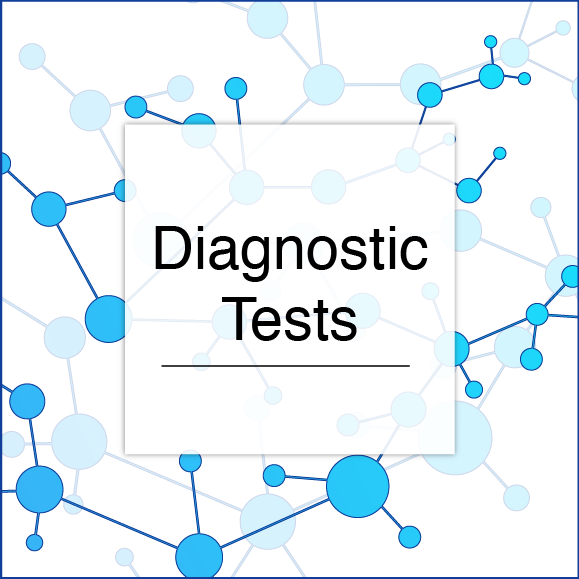
These are advanced diagnostic tests aimed at evaluating cardiac and pulmonary functions of a healthy individual or a patient during exercise. The basic objective is to find out adequacy of the heart and lungs under stress. As a matter of fact, a cardiopulmonary exercise test evaluates the entire body’s response to exercise, primarily that of the musculoskeletal system.
Respiratory function tests, which are used to evaluate treatment response or pulmonary function for diagnostic purposes, are of prime importance to pulmonary medicine. However, they are carried out at rest, which limits their capability of evaluating pulmonary reserve capacity. CPET, on the other hand, is able to provide clear information in this regard, as exercise actually activates the aforementioned capacity.
Why are cardiopulmonary exercise tests performed?
Cardiopulmonary exercise tests are most commonly performed in order to determine adequacy of pulmonary capacity for postoperative survival of patients, who are planned to undergo lung surgery (preoperative evaluation). This allows estimation of immediate risk of postoperative complications (adverse effects). In the long term, the patient’s expected quality of life may be estimated as well. Differential diagnosis of idiopathic dyspnea is another objective for which cardiopulmonary exercise test is employed. It is a test which assists not only in diagnosis of diseases but also in evaluation of exercise capacity among individuals, especially athletes.
How are cardiopulmonary exercise tests performed?
High-tech devices and an experienced team are required for cardiopulmonary exercise tests.
The patient is asked to work out on an exercise bike or treadmill specifically designed for this test. An exercise bike is preferable rather than a treadmill, if pulmonary function is to be evaluated.
Testing procedure is explained in detail to the patient before starting. Blood pressure, heart rate and blood oxygenation level, which are vital signs, are measured prior to initiating the test. Additionally pretest respiratory function tests are performed and a heart electrocardiogram is obtained. For the duration of the test, the patient remains fitted with an automatic device that monitors blood pressure, electrodes to follow electrocardiography status and a small clamp on the tip of a finger for blood oxygen readings. A mask that does not hinder comfortable respiration is also placed on the nose and mouth to constantly measure intake of oxygen and carbon dioxide output.
Testing begins once these pieces of equipment are in place and the patient is on the exercise bike, where they will be asked to pedal at a particular pace. Pedaling is initially easy, but becomes gradually difficult as per the requirements of a program drafted in advance in accordance with the patient’s age, weight and height. Electrocardiography readings, oxygen level, blood pressure, heart rate, oxygen intake and carbon dioxide output are constantly measured, recorded and followed by a physician throughout the duration of exercise. If deemed necessary or if the patient reports inability to carry on, the physician may terminate the test. The patient’s maximum rate of oxygen consumption during the test (VO2max) is one of the most notable indicators of reserve pulmonary capacity. Heart rate, blood pressure and electrocardiogram readings are also used to evaluate the heart’s response to exercise or any possible existing disease.